Step #1: Driving Real-time Consumer Insights

Lifebuoy leveraged the power of InMobi Pulse, the leading mobile consumer intelligence platform, to run weekly surveys across six key regions in Indonesia: Jakarta, East Kalimantan, Bali, North Sumatra, Riau, and West Sumatra. The survey was based on five key indicators:
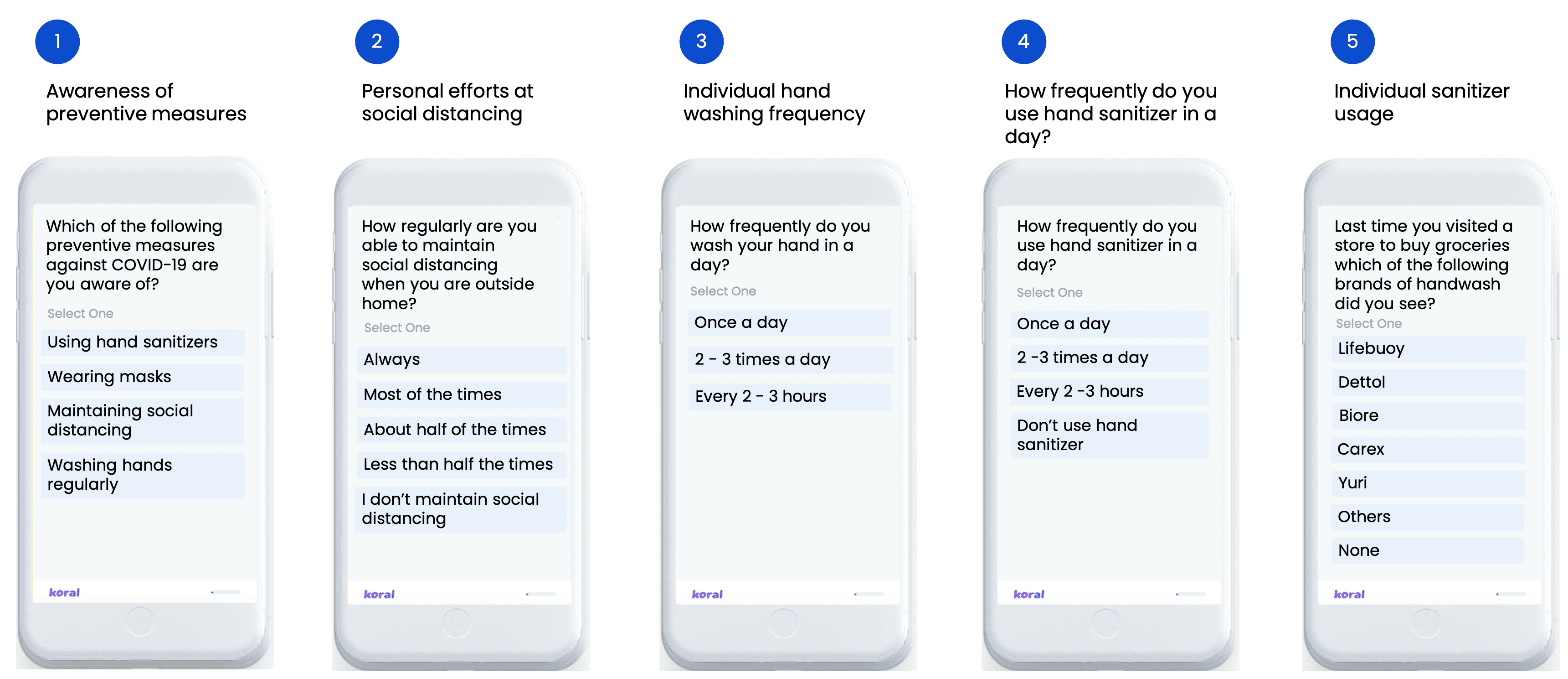
With participation from over 62.000 respondents in just 8-weeks, the survey helped Lifebuoy understand evolving behaviour week-on-week. Apart from this claimed behaviour by Indonesians, the brand also considered observed behaviour by working with InMobi’s Audience Intelligence Platform to evaluate footfall in leisure destinations across each province.
By combining these sources of truth, Lifebuoy arrived at the C.A.R.E Preparedness Score, ranging from -4 to +4, for each region. This score was based on active surveys which helped understand individual habits and passive date which helped understand group behaviour to form insights that are uniquely available only on InMobi’s platforms.
In addition to the preparedness score, the brand also closely tracked the growth in new cases across the 6 provinces.
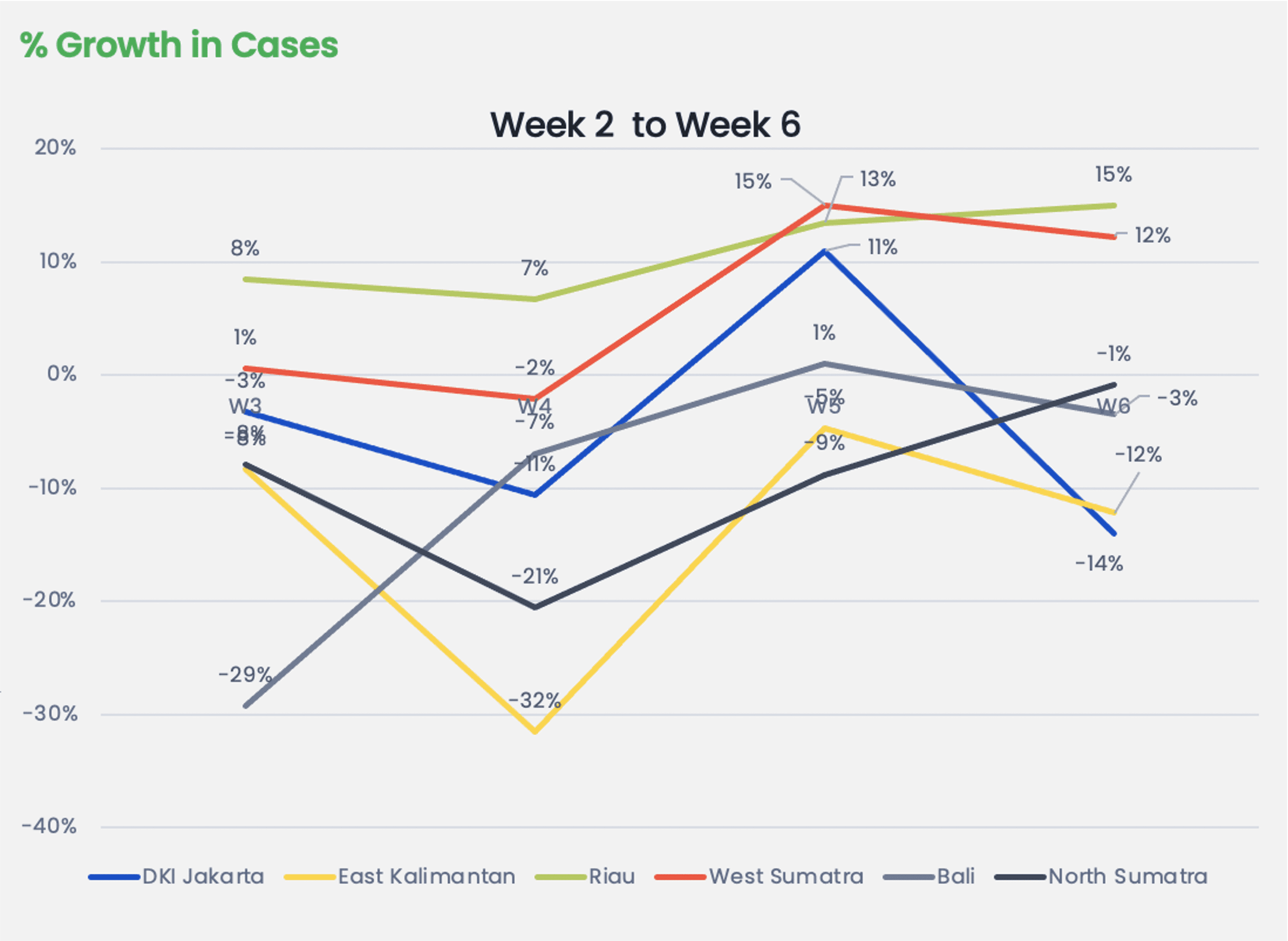
By analyzing these independent sources of date, Lifebuoy was able to leverage these insights for the following purposes:
- Use these sources to aid data-driven decision-making on-brand messaging in provinces
- Use these sources to aid data-driven decision making on community distribution of products in provinces
Step #2: Defining the Target Audience
In order to set the campaign up for success, Lifebuoy identified four key audience segments using InMobi Audiences to reach critical influencers across households as a part of this initiative. The identified audiences were young mothers, older moms, single millennial females, and single millennial males. The brand chose to reach out to these four key audience segments across six separate regions in Indonesia. By doing so, the brand engaged with key decision-makers across different types of households, be it among family-based or singles-based setups.
Step #3: Delivering Personalized Messaging at Scale
Having identified 4 different audience segments across 6 regions, Lifebuoy chose to personalise ads based on the C.A.R.E Preparedness Score and the case growth numbers in each region.
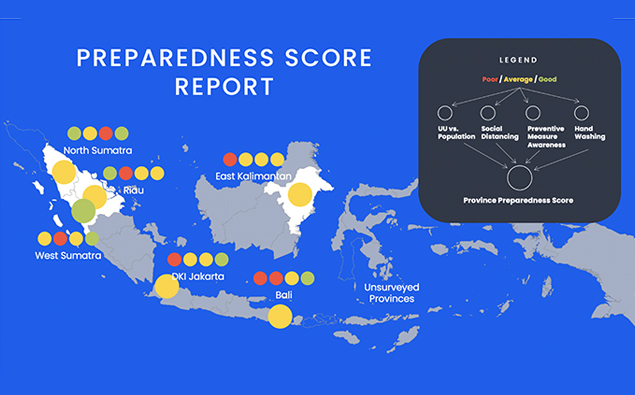
The ads focused on 3 key messages:
1. Social Distancing Measures
2. Handwashing Measures
3. And Overall COVID Preparedness
Taking into account the several factors that determined the local reality including the region including the COVID preparedness score, the caseload, and the target group they were reaching, Lifebuoy generated 72 unique video ads as a part of this mobile-first programmatic campaign. Each persona received a unique ad reflecting the realities of their surroundings.
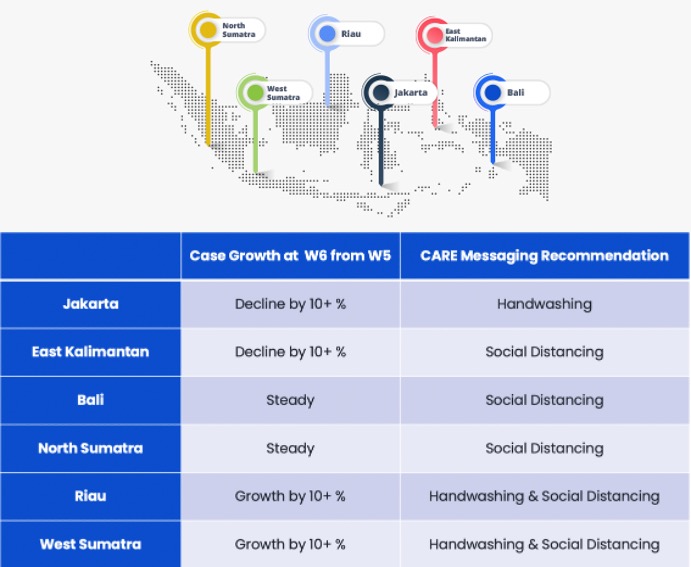
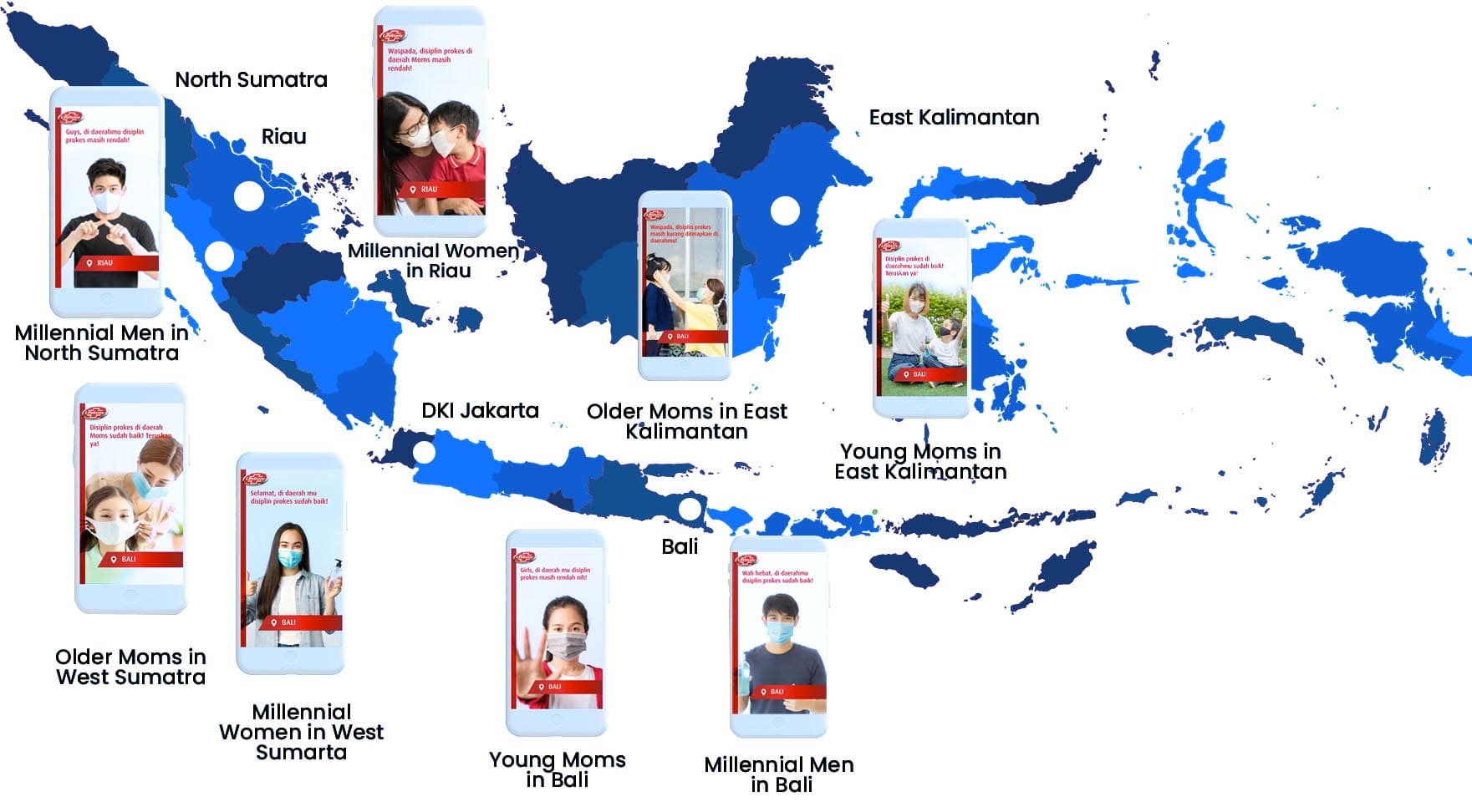
When users clicked on the video, they were redirected to a webpage where users could purchase a whole range of Lifebuoy products which could help them keep safe during challenging times.
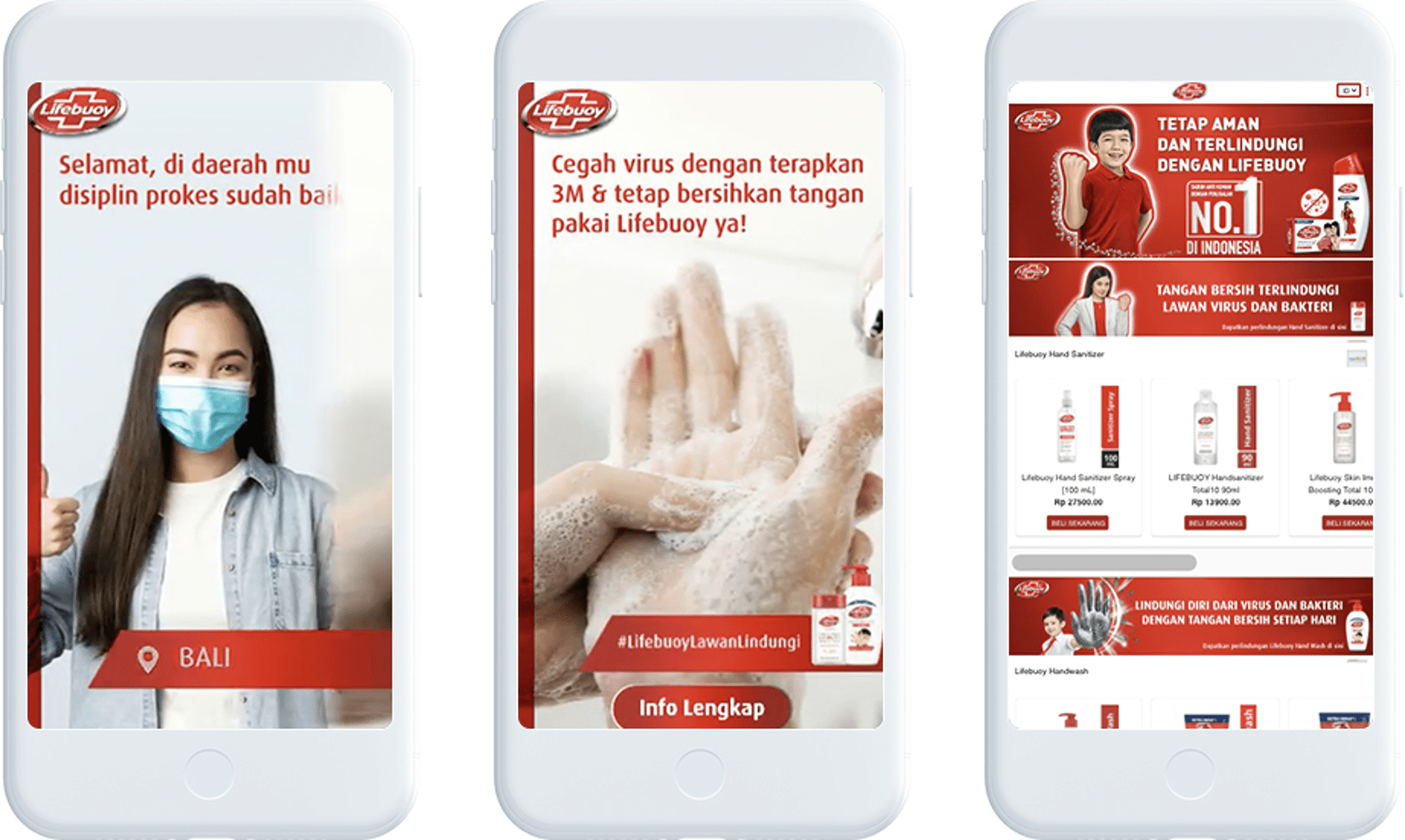
In addition to this campaign, the brand also donated 425 handwashing stations across key cities in association with the National Disaster Management Association to combat COVID-19 and encourage healthy handwashing habits among the citizens of Indonesia.
Login Login





















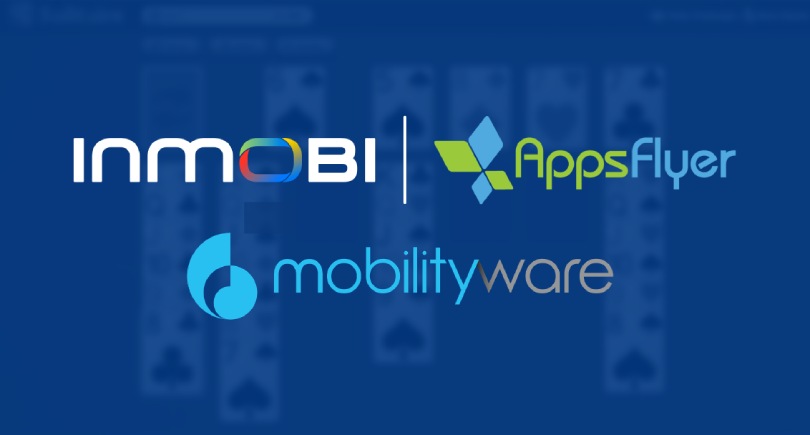
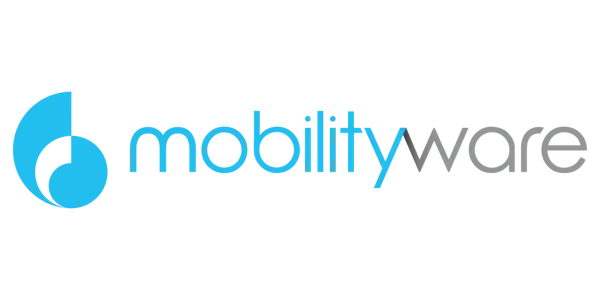

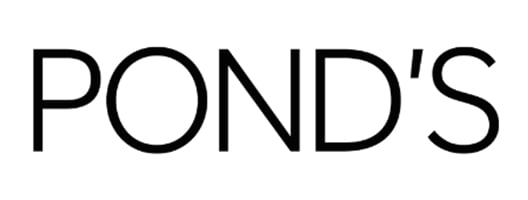
.jpg)
.jpg)